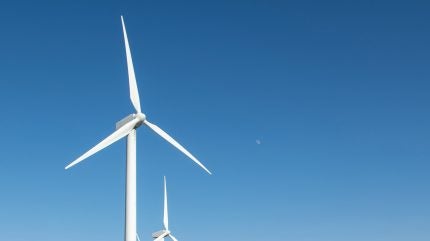
China’s leading turbine manufacturers, including Goldwind Science & Technology and Ming Yang Smart Energy Group, are advocating for the installation of at least 120 gigawatts (GW) of wind power capacity annually by 2030.
The ambitious proposal, presented at the China Wind Power conference in Beijing, aims to accelerate China’s energy transition and significantly increase wind power capacity by 2030, as reported by Bloomberg.

Discover B2B Marketing That Performs
Combine business intelligence and editorial excellence to reach engaged professionals across 36 leading media platforms.
The proposal supports China’s broader goal of reducing reliance on fossil fuels, as the country has pledged to cut net greenhouse gas emissions by between 7% and 10% by 2035.
China aims to have 3,600GW of wind and solar power capacity installed by 2035, as stated by President Xi Jinping at the United Nations General Assembly.
China has already surpassed previous renewable energy targets, achieving record rates of wind and solar power installations. The new industry proposal suggests reaching 1,300GW of cumulative national wind power capacity by 2030 and at least 2,000GW by 2035, compared to 520GW at the end of 2025.
In 2024, China set a record by adding close to 80GW of wind capacity.

US Tariffs are shifting - will you react or anticipate?
Don’t let policy changes catch you off guard. Stay proactive with real-time data and expert analysis.
By GlobalDataThe proposed targets also include 15GW annually for offshore projects through 2030.
A recent report by clean energy think tank Ember highlighted China’s rapid transition to renewable energy, reshaping the global energy landscape.
This transition involves expanding renewable energy sources, grid infrastructure, and energy storage, alongside electrifying transport, buildings, and industry.
Bloomberg, citing research note by investment bank China International Capital Corporation (CICC), recently reported that China’s carbon emissions could reduce by 1.6 billion tonnes by 2030, dependent on the mobilisation of 17.5tn yuan ($2.5tn) in green investments over the next five years.
According to the CICC, China’s emissions are projected to peak in 2028 at 11.3 billion tonnes.





